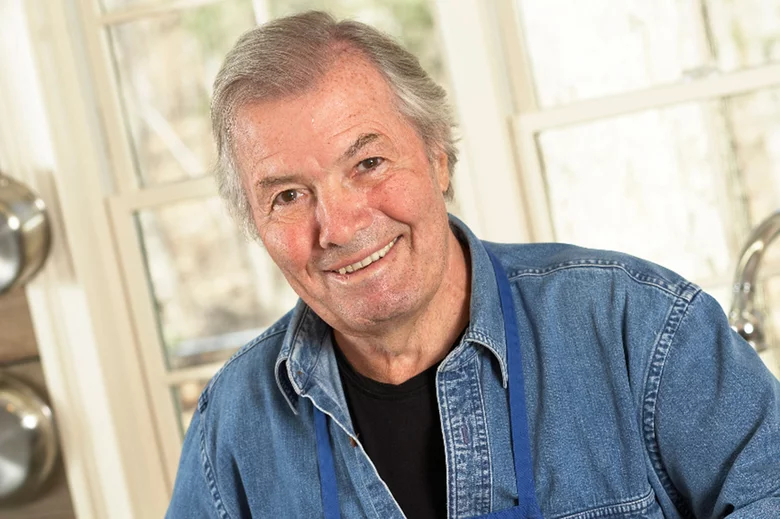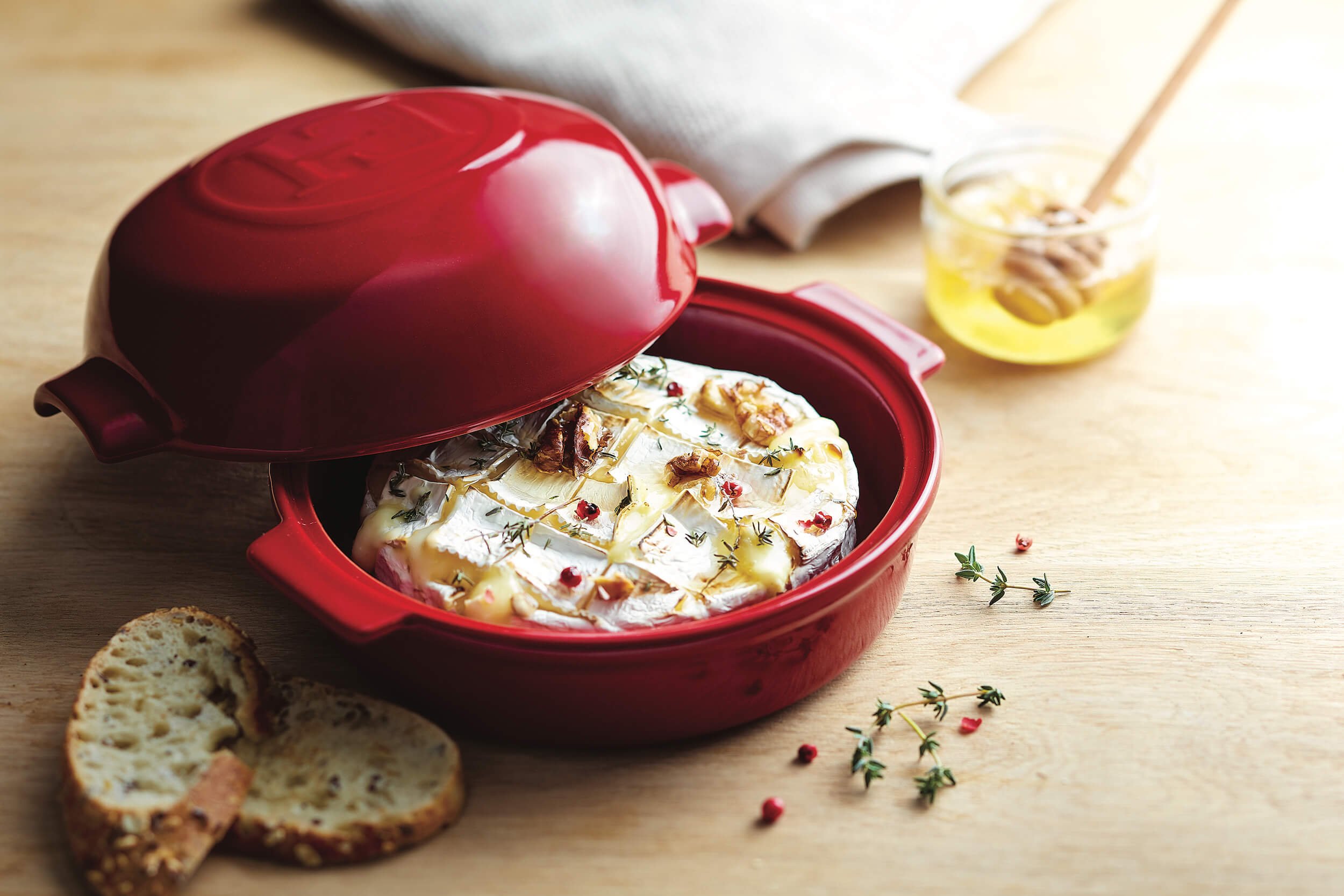You may be familiar with Harold McGee from the monthly "The Curious Cook" column he writes for the New York Times, that looks at the science behind cooking. He has explained why adding water adds flavor to coffee and cocktails, why cilantro tastes like soap, for some and how to prolong the life of berries.
Harold McGee's book, On Food and Cooking is a classic reference and quite wonderful, but frankly a bit geeky. I've been fortunate to hear McGee speak a few times and I've always learned a lot. Last time he mentioned his upcoming book, The Keys to Good Cooking, and told the audience that it would help answer the questions home cooks have about the practical side of kitchen science.
I'll be reviewing the book when it comes out in October but in the meantime I got a peek at a few pages and gleaned these wonderful tips to help you succeed with braising:
Beware of recipes that call for an oven temperature over 180°F/80°C. Never let a braise or stew get hot enough to bubble when the meat is cooking. A closed pot in an oven at any temperature above the boiling point will come to the boil. At oven temperatures above 180°F/80°C, leave the pot open to allow evaporative cooling and produce a lower cooking temperature.
To braise or stew tough cuts of meat in a few hours, heat them at 180°F/80°C. They will develop the dry tenderness of standard braises and stews.
To braise or stew tender cuts quickly, or tough cuts over a day or more to keep them especially moist, heat them at 140-150°F/60-65°C°.
Here are links to my past posts on Harold McGee:
Gastronomic turns 10 with Harold McGee
Harold McGee & Shirley Corriher





